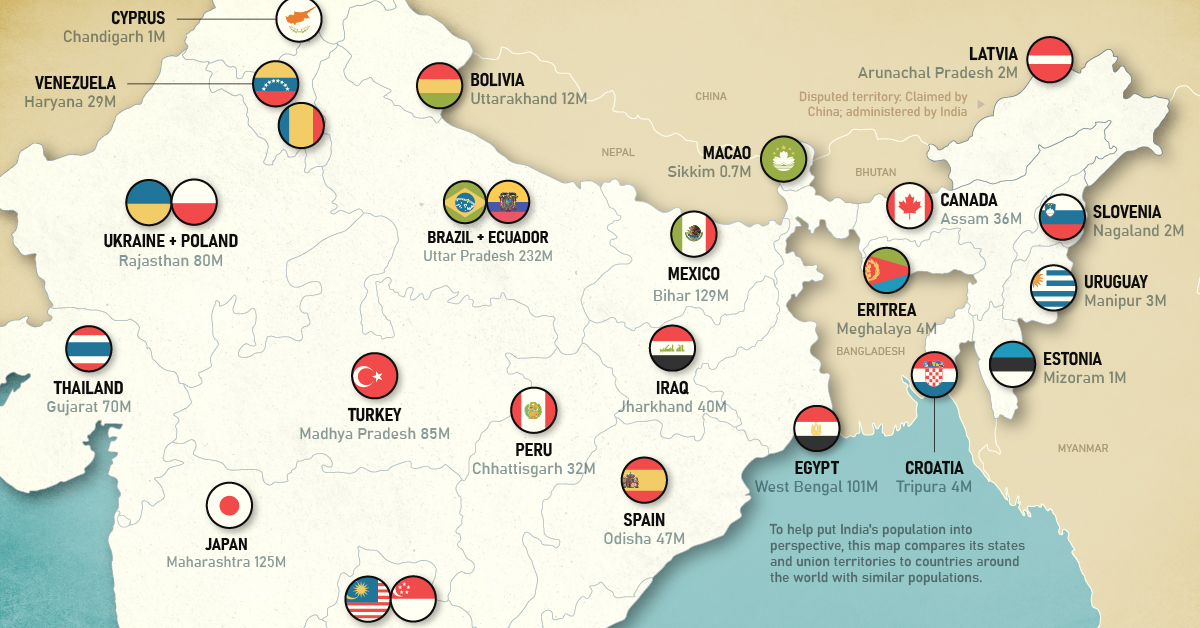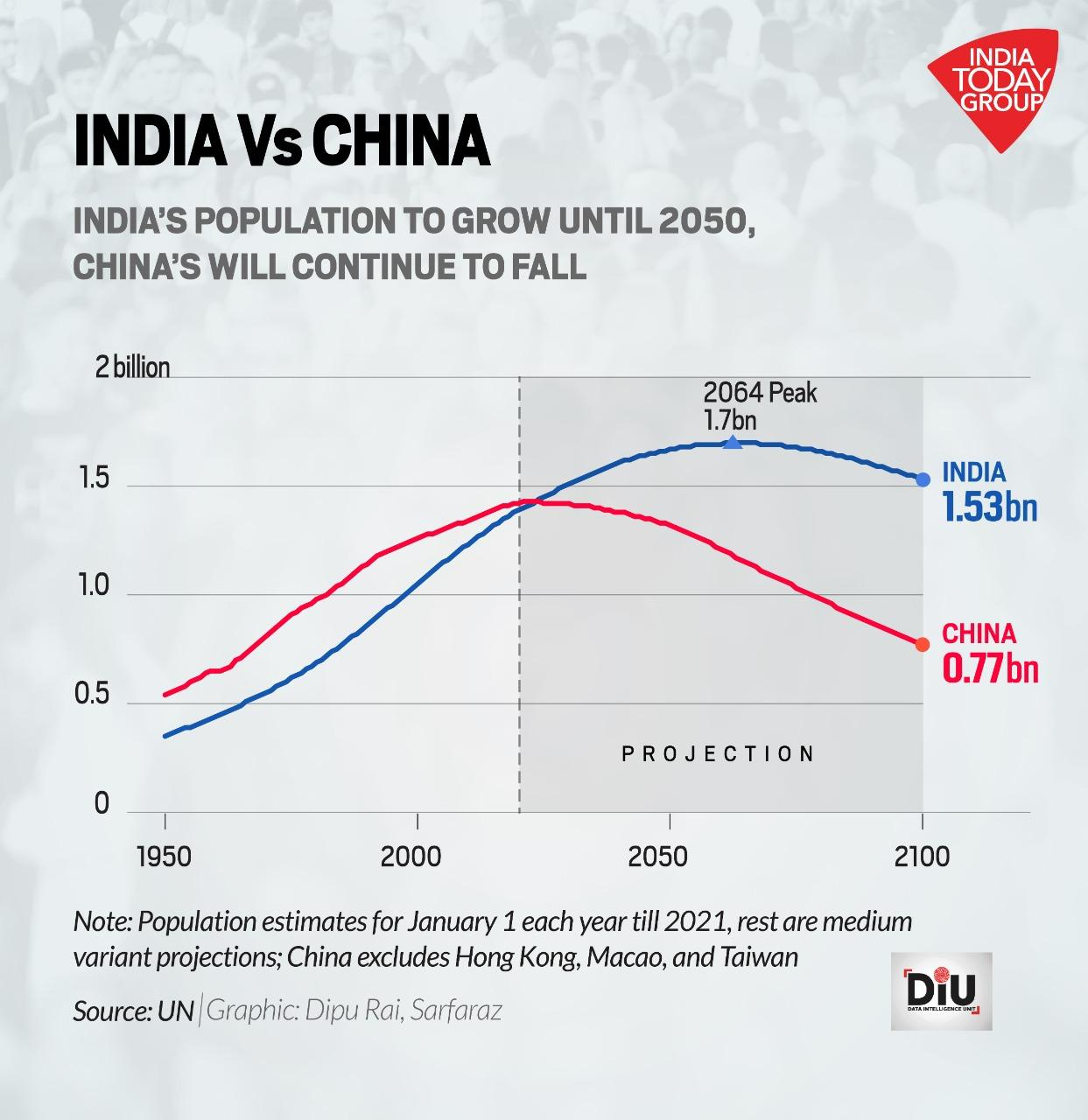How Does India's Population Compare to China and Neighbors?
India’s population growth is notable when compared to other countries in the region, particularly in contrast to China and neighboring nations. Here are the key points of comparison:
Population Size and Growth Rates

-
India vs. China:
- As of 2023, India has surpassed China to become the world’s most populous country, with a population of approximately 1.43 billion compared to China’s 1.42 billion. This shift is significant as it marks the first time since the 1950s that China is no longer the most populous nation.
- India’s population is projected to continue growing, reaching about 1.67 billion by 2050, while China’s population is expected to decline, potentially dropping below 1 billion by the end of the century.
-
Regional Comparisons:
- Pakistan: With a population of around 240 million, Pakistan is the fifth most populous country globally. Its growth rate remains high, with projections suggesting it will reach approximately 368 million by 2050, making it a significant demographic player in South Asia.
- Bangladesh: Currently, Bangladesh has a population of about 170 million. Its growth rate has slowed considerably, and it is projected to stabilize around 200 million by 2050.
- Indonesia: Indonesia, another populous country in the region, has a population of approximately 277 million. It is expected to see moderate growth, reaching around 317 million by 2050.
Fertility Rates
- India’s fertility rate, currently around 2.0 births per woman, is higher than China’s 1.2 and is gradually declining. This rate is also higher than those of Pakistan and Bangladesh, which have fertility rates of about 3.4 and 2.0, respectively.
Demographic Dynamics

-
Youthful Population: India has a relatively young population, with over 40% under the age of 25. This contrasts with China, where the median age is significantly higher (around 39 years) and the elderly population is growing rapidly.
-
Urbanization: India is experiencing urban growth, but currently, only about 36% of its population lives in urban areas, compared to 65% in China. This urbanization trend is expected to accelerate, which could impact economic growth and development opportunities.
Economic Implications
- India’s growing population presents both opportunities and challenges. It has the potential to drive economic growth, especially if the demographic dividend is harnessed effectively. However, it also raises concerns regarding resource management, employment, and sustainability.
Conclusion
In summary, India’s population growth is characterized by a youthful demographic and a higher fertility rate compared to its regional counterparts, particularly China, which is facing a demographic decline. As India continues to grow, it will play a crucial role in shaping regional dynamics and global economic trends.
Citations:
- Visual Capitalist - Population of India Compared with Countries
- CSIS - What India Becoming the World’s Most Populous Country Means
- MOSPI - Statistical Yearbook of India - Chapter 2
- Pew Research - Key Facts as India Surpasses China as the World’s Most Populous Country
- Visual Capitalist - Mapped: The Scale of China-India’s Population
- UN DESA Policy Brief PDF
- Worldometers - India Population
- Axios - India, China Population, Economy, Trade, Workers
comments powered by Disqus